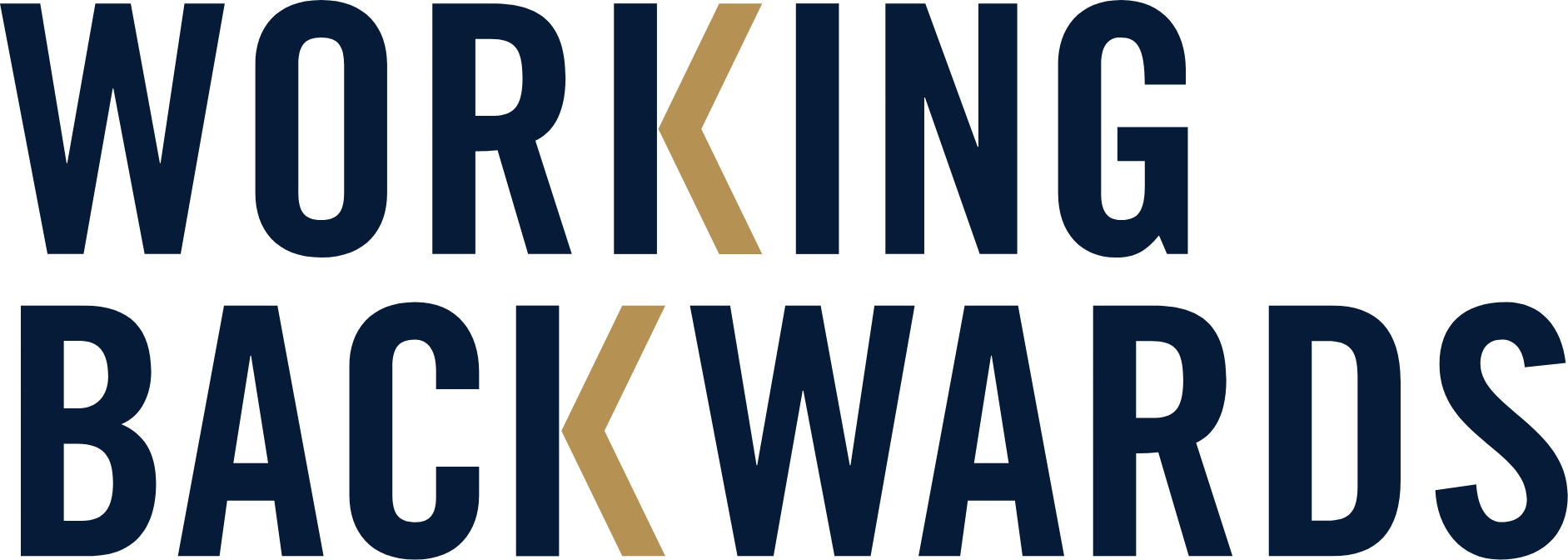CONCEPTS
Input metrics are the drivers that, when managed well, can lead to the desired outputs: profitable growth in revenue and customers. The right choice of input metrics will deliver clear, actionable guidance. As a leader, you make deliberate decisions about allocating resources—such as people, equipment, software, marketing budgets, or geographic expansion—to drive those input metrics in the desired direction.
An effective operating planning process sets granular output and input metrics goals, prioritizes initiatives to achieve those goals, and makes corresponding resource (money, people) allocation decisions. A well-run process includes clear direction from the CEO, autonomy for each team to develop and propose detailed plans, a rigorous review process, and transparent decisions at the C-Level regarding which initiatives are approved and denied, resulting in alignment at all organizational levels.
The Bar Raiser Program is a scalable, repeatable, formal process for consistently making appropriate and successful hiring decisions. It is a data-driven approach to hiring, where interviewers focus on assessing each candidate’s abilities relative to their company’s leadership principles (LPs). Like all good processes, it is simple and easy to teach, doesn’t rely on scarce resources, and has a feedback loop; the more you use it, the better it gets.
Working Backwards is a systematic way to vet ideas and create new products. Its key tenet is to start by defining the customer experience, then iteratively work backwards from that point until the team achieves clarity of thought around what to build. Its principal tool is a second form of written narrative called the PR/FAQ, short for Press Release and Frequently Asked Questions.
To quote Jeff Bezos, “The reason writing a good 4 page memo is harder than ‘writing’ a 20 page powerpoint is because the narrative structure of a good memo forces better thought and better understanding of what’s more important than what, and how things are related.” We describe why Amazon switched from PowerPoint to narratives and the numerous benefits of this more rigorous approach to conducting meetings and making decisions.
A monthly or quarterly business review is essential to the operating cadence. The M/QBR is most effective as a management tool when it is a downstream component of other processes that contribute to a complete operating cadence. For this concept, we provide an in-depth explanation of the Q/MBR process as well as a template, and an example of a well written Q/MBR.
Single Threaded Teams and Leaders is an organizational structure model developed at Amazon to increase the speed of execution and capacity for innovation. Since everyone on the STT has the same objective, there is typically less time spent on alignment and coordination. Accountability and ownership are also crystal clear in this model. The STL has the resources, autonomy, and capability to do the job. Hence, they are responsible and accountable for the teams’ successes or setbacks.
Amazon has 16 Leadership Principles. For this concept we explain what makes Amazon’s leadership principles different from nearly every other company, why they are such an effective management tool, and why they are a crucial contributor to Amazon’s phenomenal success. We will also give tips and techniques for developing your Leadership Principles and stress-testing the ones you already have.
